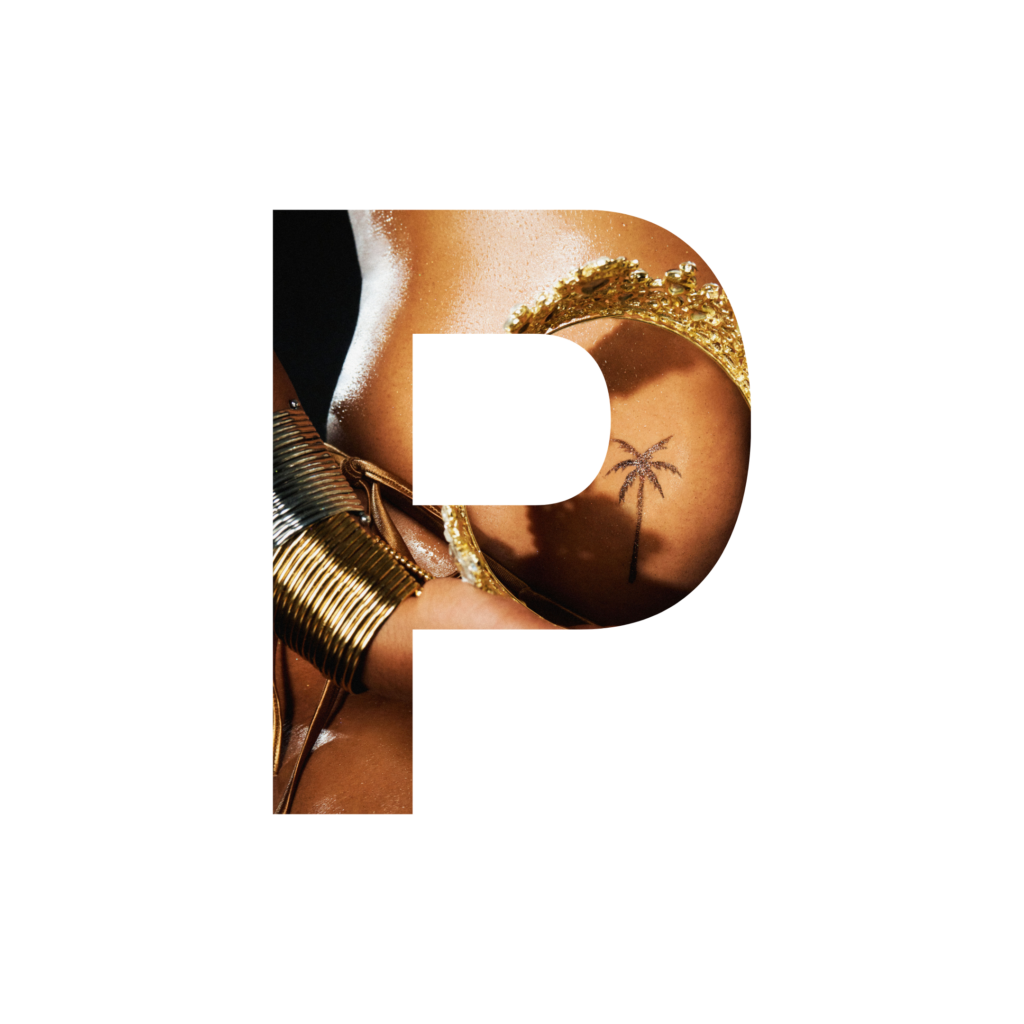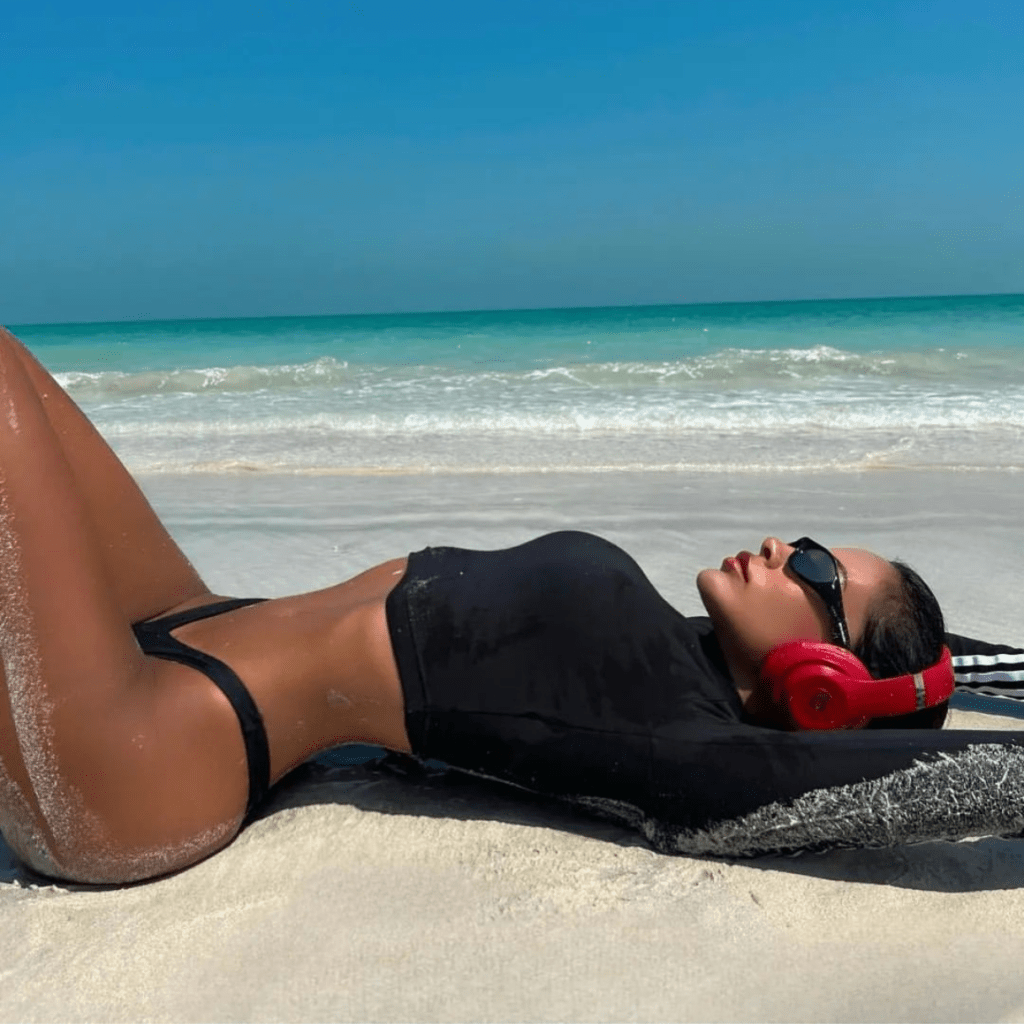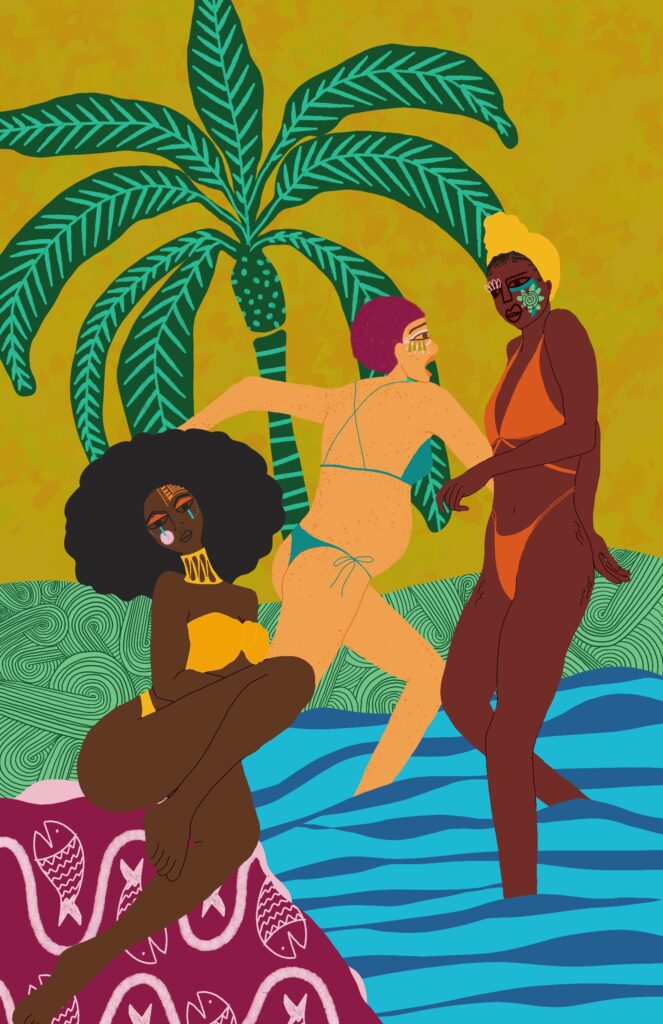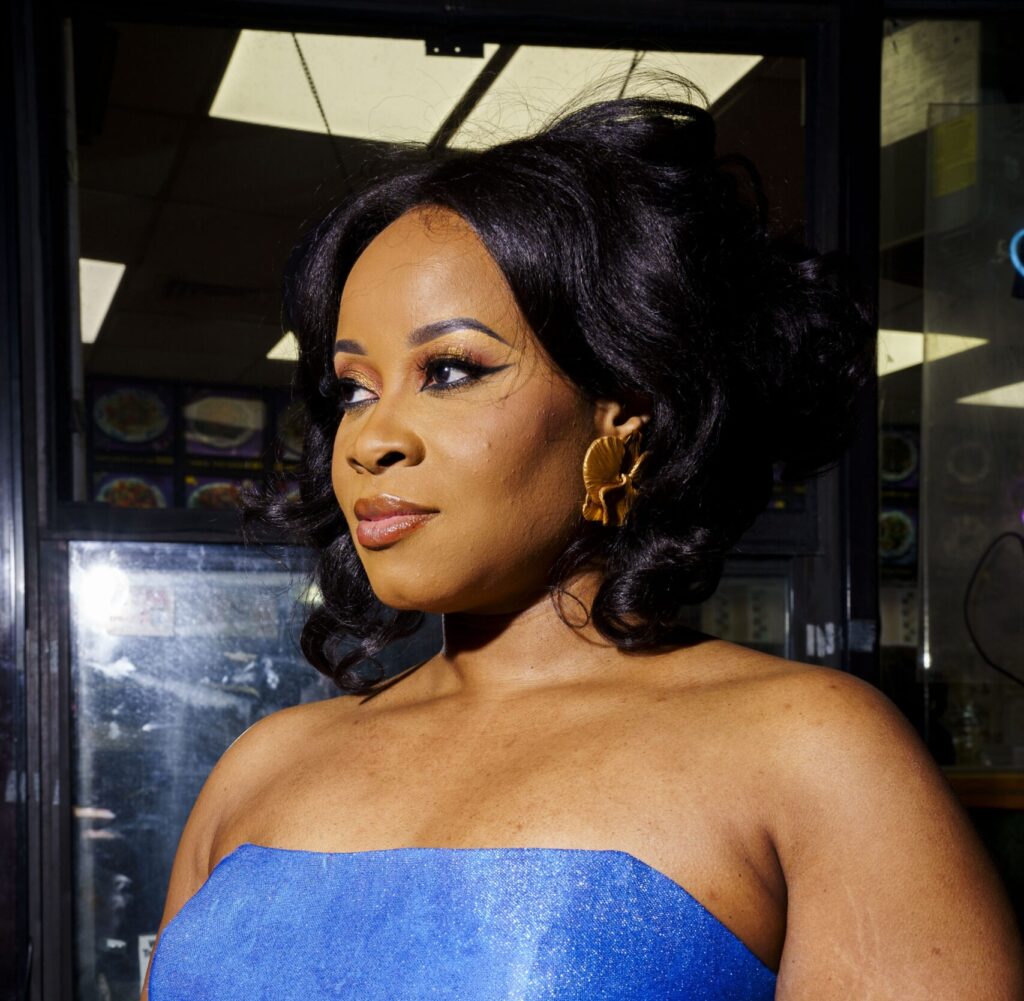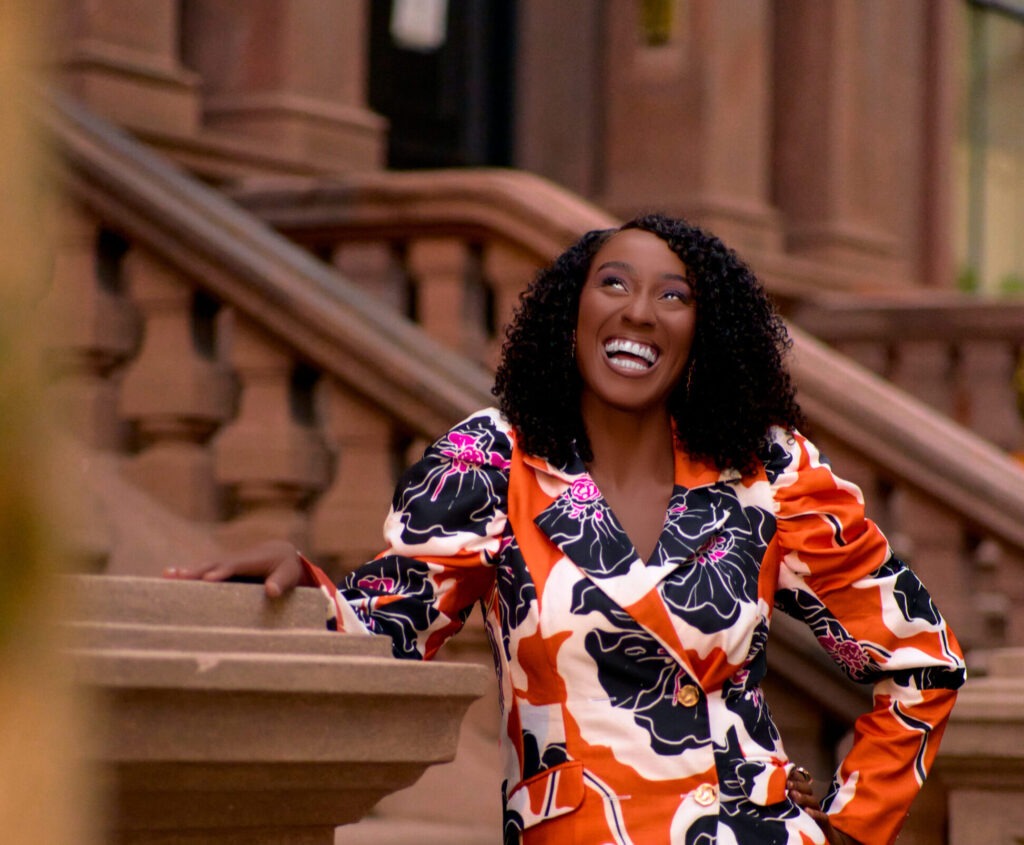
Stephanie Ramlogan invites you to defy beach-body rules by picking the swimsuit that excites you, not the one you think you should wear. With unexpected cuts and bold prints, embracing the “wrong” suit becomes a celebration of confidence and self-love.
1 min
Wear all of it. All the unflattering, gut emphasizing, boob flattening, ass pancaking, leg shortening cuts and colors that make your skin look dull, or prints too feminine for your badly built butch beach body. Since the dawn of beauty magazines, women have been told what to wear to look a particular way, likening them as much to Barbie as possible. Our bodies have been categorized in terms of fruit and geometric shapes and here is also always some new catchy terminology used to describe different body types. They do love talking about bodies. How is it that millions of magazines and social media posts never tire from telling women how they should look? Well, even if the editors have never fatigued, for a while many women have. The Body Positivity movement started in the 1960s, but was boosted in 2012 with Instagram, Tumblr and other online platforms. Beach bodies (which is really just code for naked bodies) in all their diverse glory claimed their space as images of beauty, giving us the language to express all selves, and fashion that was not made to hide people, but instead disregard any of the old Eurocentric rules of attractiveness. The movement has taught us Fat is not an F word to whisper. Having a short arm, or no arm at all is nothing to blink at. Vitiligo is pretty. Acne is decorated with starry stickers. Hair type, skin color, and the shape of your flesh are afterthoughts, rolling in behind comfort, personal choice, individual expression and don’t-give-a-fuck-ness. While Gen Z is still loving their full-length mirror reflections a lot more than Millennials did, the meaning of the movement is shifting to a more mid-size, hourglass body type, and away from the all-inclusive stance it intended. I’m not here for this reversal. Bring back bellies.
I was a personal stylist for several years in the early-ish 2000’s, greatly influenced by fashion experts like Stacy London on the show What Not to Wear, and Jenna Lyons for her J. Crew shirt cuff-folding regulations. On Stacy’s show, she (and her co-host) made over people, mostly women, based on a set of rules like each outfit needs an element of “pattern, texture, color and shine.” While most of the made-over women liked their new look, many did not. What was common, is that whether they liked it or not, they all said that they did not recognize themselves and that it would take some getting used to. In my own work, I studied image consulting with a past president of the Federation of Image Professional International. Basically, I learned every optical illusion one can use clothes for, to make themselves appear longer, leaner and lighter skinned (they’d say “brighter” in the texts but we know what they meant.) In my first few years I practiced this, teaching the tricks, and hosting seminars for women to know what was flattering and appropriate. After being consulted by a company’s HR about what to do with an upper level employee with a curvy body, whose clothes, though they fit the dress code, could not conceal her shape, I realized how my work was suffocating. While I believed I was empowering women to look good and feel great, I was actually telling them to look a certain way for others to find them pretty and proper. So that stopped.
What is “appropriate” is unnecessary, though in Caribbean culture dress codes are adamantly implemented and how-it-go-look? infects our every decision. There is actually no defense of “appropriate” dressing that does not refer to body shaming, sexism, racism or classism, unless safety and comfort are the issue. When choosing beach wear in particular, the only considerations should be 1. If you feel like yourself in it, 2. If it is comfortable and protective enough for the sun exposure and beach activities you have planned, 3. If you remembered to put vex money in your beach bag.
The zeitgeist is trendless. On those “Best Swimsuits for this and that” lists, you will hardly find repeat styles. We’re wearing all the styles. From classic triangle bikinis that tie around neck and hip, to sporty square cut one-pieces. From plain black spandex, to crochet embellished with gold cowrie shells. Everything is in style. Cover-ups are both covered and not. Neck to toe sheer mesh dresses are just as now as baby doll dresses with scalloped edges. The styles are for your personality. The cuts are meant to accentuate the parts of your body that you like, not what you’re “supposed to” highlight or hide. There is no wrong Swimsuit and no one beach body. All the trends are trending and whoever wants to wear whatever, can. Please.

